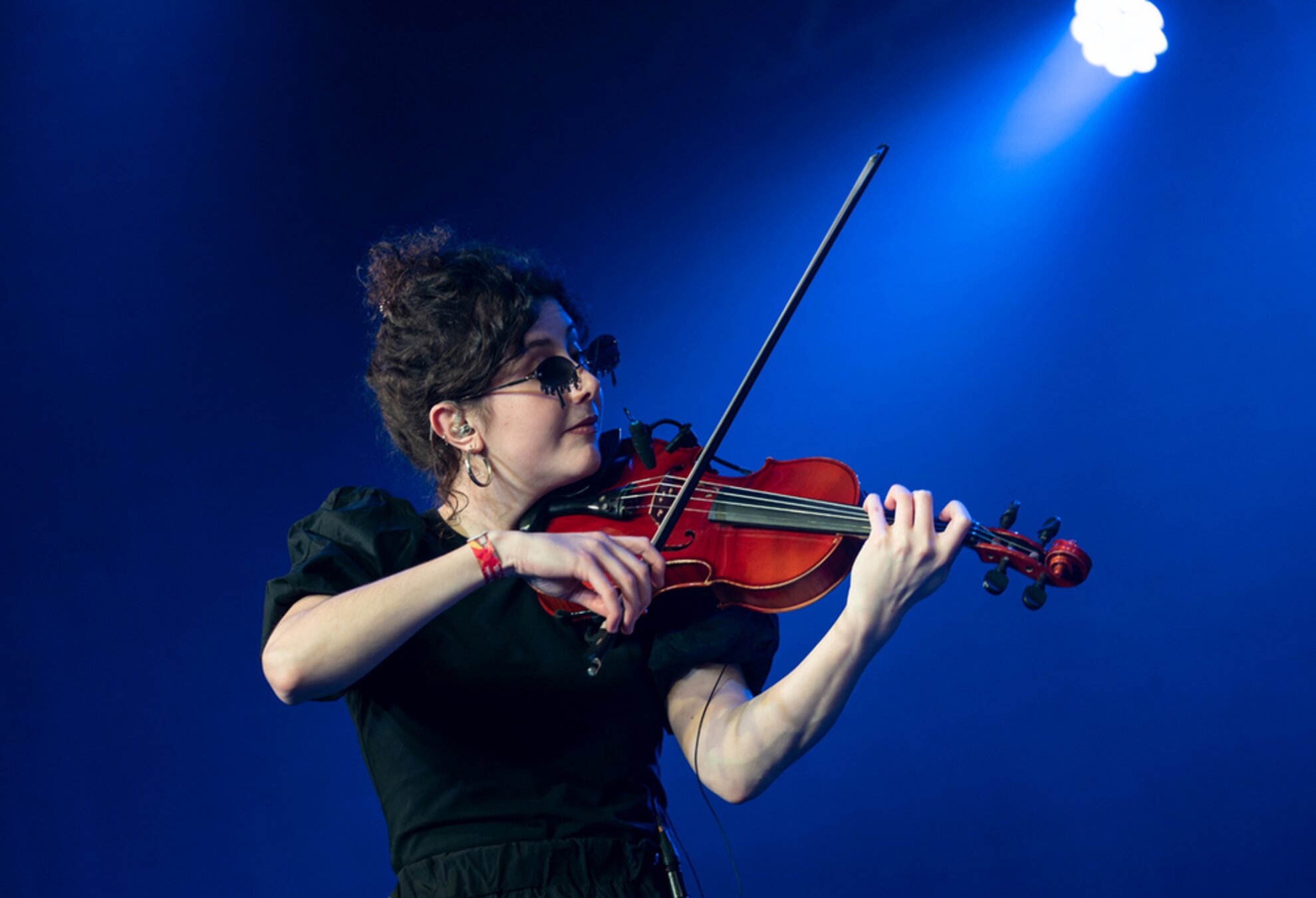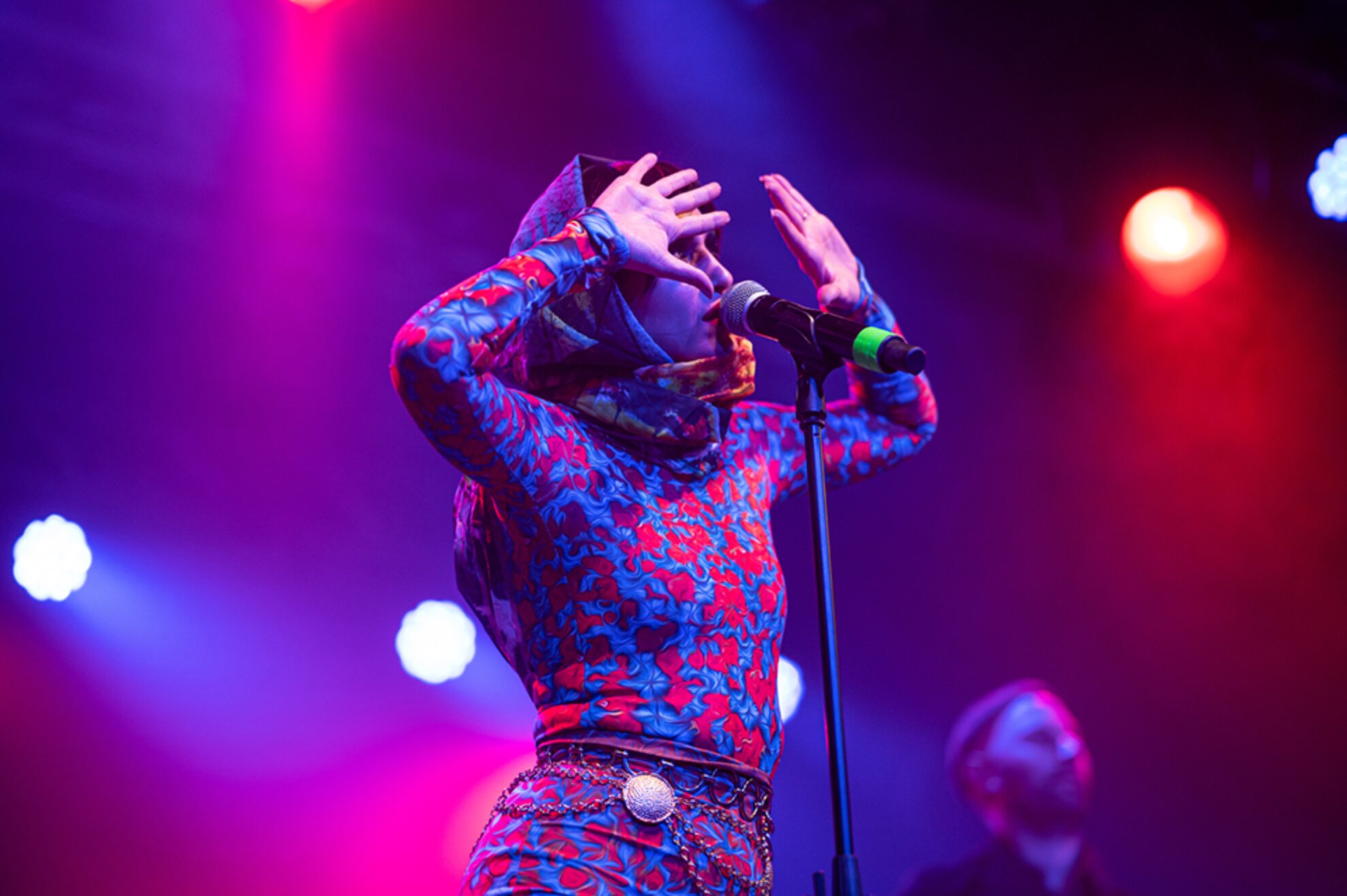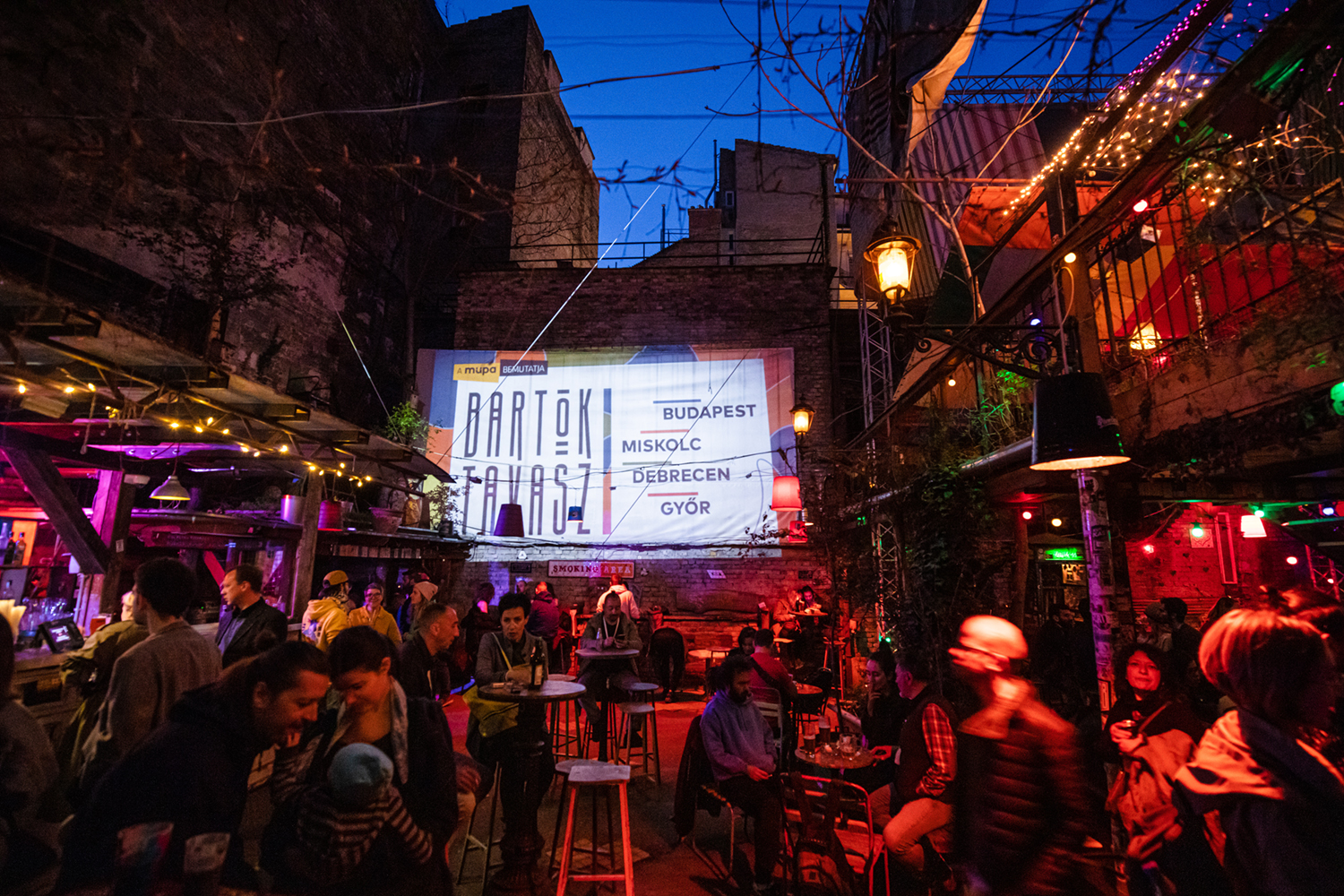We Love Budapest: This year’s Budapest Ritmo was a fantastic success, within the framework of Bartók Spring International Arts Weeks. You’re not resting on your laurels, as you will be staging more world-music picnics over the coming weeks. How would you sum up what world music is all about, what are the latest trends and the biggest names right now, and which ones have come to Budapest?
Anna Fazekas, Head Organiser at Hangvető: It is very difficult to describe what world music is all about in words, without a musical example. We used to say that this is not a genre, but can be used as a collective term that can encompass a multitude of cultures. We also try to show this at Ritmo, to bring cultures to Budapest through music that Hungarian audiences are perhaps not so familiar with. It could be completely authentic Portuguese fado, or even Persian pop music. Moreover, even within a single band, there can be a mixture of several genres, multiple musical cultures, the meeting of musicians of different nationalities in one production. The basis of every production is that it feeds on its own culture and has very deep musical roots. The biggest successes this year were Malian couple Amadou & Mariam, and Israeli singer Liraz, who extends to Persian traditional music with modern instruments. My personal favourites were fado singer trio Marta Miranda and cello-accordion pair Hannah James & Toby Kuhn.

Szilvi Bellay, Chief Operating Officer at Hangvető: Everyone has their own interpretation of the concept of world music, so as somehow close to it, I would now rather highlight what this year’s Budapest Ritmo meant to its audience: just the kind of free-spirited get-together that people have been waiting for, filled with endorphins. The discovery concept of the festival has long been developed. First, the audience will come for a show by a well-known performer, but then it will be sucked in by other exciting and unexpected musical experiences. It was particularly pleasing that, in addition to the concerts, they also loved the films.

WLB: Various venues, film screenings, a conference, talent show, concerts and parties, more than 20 performers over four days. What are the challenges of organising such a diverse festival?
AF: Perhaps the biggest challenge is to offer unknown names and unusually sounding genres to a Hungarian audience. But of course, the same thing is also an advantage, because this was the most diverse festival yet staged in Budapest.
Sz B: That’s how I see it, too. The message is complex, we want to say so much, and there’s a lot to think about, whether these exciting and valuable performers will find their audience – and vice versa. And, of course, even here, Covid is hovering over our heads, when organising a festival of this size, it is impossible to know when which performer will fall ill, let alone the war in Ukraine…

WLB: Last year, the pandemic overshadowed the festival season, but this year it has already been possible to party freely. As we saw it, there were full houses for concerts, parties until dawn and a really vibrant atmosphere. How do you rate this year’s Budapest Ritmo? What were the best moments of the festival?
AF: At the concert by Amadou & Mariam, the packed house was an incredible sight from above, but so was the audience singing in Portuguese (!) to António Zambujo’s songs behind me. Every year, Showcase Day is also a great event, where emerging young bands perform. The invited foreign professionals went overboard at this year’s performances, especially the Hungarian Times New Roman band. That gave me particular pleasure.
Sz B: Everything erupted this year after two years of restrictions, and it seemed that it wasn’t only the audience who were desperately longing for the magic of live music and dancing in the crowd, but the performers and organisers also needed people to come together, the stage.

WLB: Budapest Showcase also took place, where emerging domestic and international talent was introduced to an audience of industry professionals for 45-minute sets. We are always excited to follow emerging musicians and research our new favourite music. Who do you think is worth watching?
AF: I try to go to as many concerts as possible and keep an eye on the new groups, so I always have one or two personal favourites. In general, I feel that it’s worth going to places with a more intimate atmosphere for a smaller audience, getting to know the musicians, sit close, not videoing and talking, the place with perhaps the most energy that musicians can put into it. This year we put more focus on Hungarian performers at Ritmo Picnics outside Budapest. I would like to highlight Bence Babcsán’s band, the Babcsán Project, as my personal favourite – they play Bence’s own songs, poetic music with a completely unique sound. But I also really like the Uljana Quartet formation, with whom I made one of Ritmo’s self-produced music films this year. Uljana are a very pleasant combination of folk music and jazz. I’m also really looking forward to the concert by Veronika Szász (VENI).
WLB: During last year’s Budapest Ritmo, exciting films were made, where Hungarian bands and directors came together to tell a common story, and you presented the finished works at the Toldi cinema this year. How did the collaboration work and how did the films succeed?
Sz B: Last year, we contacted the musicians and directors who made the films, so we took a much closer look at the creation of each film, and we’ve been waiting to show them on the cinema screen ever since – something we managed to do this year. This year’s two works have been produced thanks to this tender process. The creators from the previous year also played a big role in the selection of the winners, and the making of the films became much more independent, so Hangvető’s role was different in the whole process, but we were equally proud to sit and watch the premiere at the Toldi. Both the Deva and Uljana Quartet films – I feel – have become like the creators themselves, and it’s important to us that they can show themselves through a genre that we shape together. This, of course, required the professionalism, openness and dedication of the two wonderful mentors, Áron Mátyássy and Attila Damokos, and the two film teams to the same extent.
WLB: This year you will not only be present in the capital, but you will also take the Budapest Ritmo to the provinces, so only the Budapest part of the festival is behind us. In April and May, many more Ritmo Picnics await world-music lovers in Debrecen, Miskolc and Győr. What can they expect?
AF: We tried very hard to put together a programme so that those who don’t exactly know what a World Music Festival is can get a broader picture. There will be ethno-jazz by Mihály Dresch, Balkan and Gypsy music by Babra and Romengo, there will be a cappella by Napfonat and Dalinda, and popular Hungarian bands such as Bohemian Betyars, Sena and Los Orangutanes will perform.
Sz B: We imagined a captivating spring city picnic when we put together the schedule, where again only the Ritmo recipe applies. In addition to well-known performers, you can also find new, up-and-coming ones, so the thrill of discovery is guaranteed, not just partying until dawn for all age groups. In addition to engaging matinee and dance concerts, family activities and music workshops can also be expected, such as the Bélaműhely Hangszercséplő and RitmusLabor.
Find more information about Ritmo Picnic here.
